-
 Bitcoin
Bitcoin $112800
0.57% -
 Ethereum
Ethereum $4512
-2.62% -
 XRP
XRP $2.988
-0.99% -
 Tether USDt
Tether USDt $1.000
-0.01% -
 BNB
BNB $868.4
0.35% -
 Solana
Solana $211.8
1.49% -
 USDC
USDC $0.9998
-0.01% -
 Dogecoin
Dogecoin $0.2218
0.14% -
 TRON
TRON $0.3445
-1.62% -
 Cardano
Cardano $0.8586
-1.09% -
 Chainlink
Chainlink $25.17
2.98% -
 Hyperliquid
Hyperliquid $47.55
-5.05% -
 Ethena USDe
Ethena USDe $1.001
-0.04% -
 Sui
Sui $3.464
-0.68% -
 Stellar
Stellar $0.3799
-1.40% -
 Bitcoin Cash
Bitcoin Cash $554.3
-0.52% -
 Avalanche
Avalanche $24.59
-2.07% -
 Hedera
Hedera $0.2383
-1.29% -
 Cronos
Cronos $0.2989
10.91% -
 UNUS SED LEO
UNUS SED LEO $9.569
0.60% -
 Litecoin
Litecoin $112.7
-0.79% -
 Toncoin
Toncoin $3.163
-1.01% -
 Shiba Inu
Shiba Inu $0.00001254
-0.16% -
 Polkadot
Polkadot $3.946
1.23% -
 Uniswap
Uniswap $9.920
-1.04% -
 Dai
Dai $0.0000
-0.01% -
 Bitget Token
Bitget Token $4.616
-0.55% -
 Monero
Monero $267.8
0.16% -
 Aave
Aave $318.0
-2.22% -
 Ethena
Ethena $0.6652
6.60%
Coinbase Staking Rewards: How Are They Calculated?
Coinbase staking rewards let users earn passive income by locking crypto to support PoS networks, with yields varying by asset, network conditions, and a 15%-35% platform fee.
Aug 28, 2025 at 03:56 pm
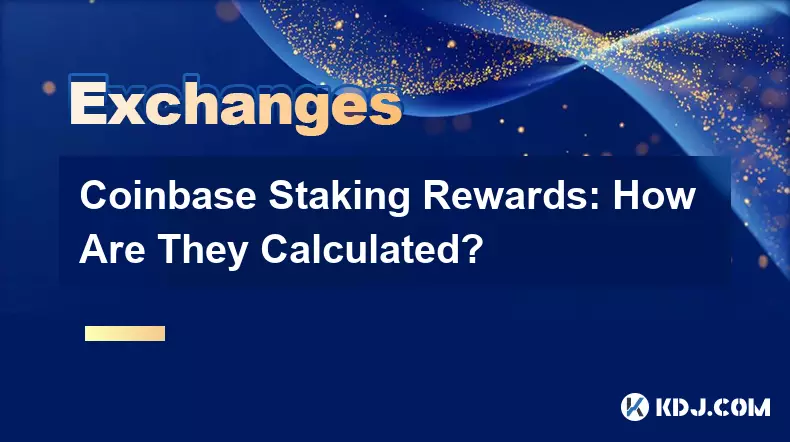
Coinbase Staking Rewards: Understanding the Mechanism
1. Coinbase staking rewards are distributed to users who participate in proof-of-stake (PoS) networks through the platform. When users stake their cryptocurrency, they help validate transactions and secure the blockchain. In return, the network issues rewards, which Coinbase passes on to stakers after deducting a service fee. The exact percentage of the fee varies by asset, typically ranging from 15% to 35%, depending on the blockchain’s requirements and operational costs.
2. The calculation begins with the total annual yield offered by the underlying blockchain. For example, if the Ethereum network generates a 4% annual return for validators, Coinbase adjusts this rate based on its service fee. A user staking ETH on Coinbase might receive approximately 3.4% annually after the platform’s 15% fee is applied. This rate is not fixed and fluctuates due to network conditions, validator performance, and changes in token issuance.
3. Rewards are accrued daily and distributed at the end of each reward period, which varies by asset. Ethereum staking rewards, for instance, are typically distributed weekly, while other assets may have different schedules. The amount credited to a user’s account depends on the average balance of staked assets during the period and the prevailing network yield at that time.
4. Inflation and network participation rates also influence staking returns. As more users stake their tokens, the same amount of block rewards are spread across a larger pool, leading to lower individual yields. Conversely, if participation drops, the yield per staker may increase. Coinbase reflects these real-time dynamics in the rewards it distributes.
Factors Influencing Staking Returns on Coinbase
1. The performance of the underlying blockchain’s consensus mechanism directly affects staking rewards. Networks like Ethereum, Cardano, and Solana each have unique staking models, block times, and reward structures. These technical differences result in varying annual percentage yields (APYs) for users, even when staking similar amounts.
2. Validator uptime and efficiency play a crucial role. Coinbase operates its own validator nodes or partners with trusted entities to ensure high availability. If a validator misses block proposals or goes offline, the network may impose penalties, known as slashing, which can reduce rewards. Coinbase absorbs most slashing risks, protecting users from balance reductions in many cases.
3. The size of the staked balance impacts reward frequency but not the APY. Larger stakes may receive more frequent micro-rewards due to higher selection probability in block validation, but the overall percentage return remains proportional. Coinbase pools user funds to meet minimum validator requirements, allowing even small holders to earn rewards.
4. Market volatility does not alter the number of tokens earned but affects the fiat value of rewards. A user may earn a consistent 4% in crypto terms, but if the token’s price drops 20% during the same period, the realized value in USD decreases accordingly.
Reward Distribution and Transparency
1. Coinbase provides a detailed breakdown of staking activity within the user dashboard. Each staked asset displays the current APY, estimated next reward date, and historical payouts. This transparency allows users to track performance and compare returns across different networks.
2. Rewards are paid in the same cryptocurrency that is staked. For example, staking ETH yields ETH rewards, not USDC or another stablecoin. This ensures alignment with the native token’s economic model and avoids unnecessary conversions.
3. The platform recalculates APYs regularly based on real-time network data, validator performance, and fee adjustments. Users are notified of significant changes, though minor fluctuations occur without alert due to the dynamic nature of PoS systems.
4. There is no minimum staking period for most assets on Coinbase, allowing users to unstake at any time. However, certain networks like Ethereum impose withdrawal delays enforced by the protocol. During such periods, staked assets remain ineligible for rewards until fully withdrawn.
Frequently Asked Questions
How often are staking rewards paid on Coinbase?Rewards are distributed according to each blockchain’s schedule. Ethereum rewards are typically paid weekly, while other assets may disburse daily or monthly. The exact timing depends on network-specific validation cycles and Coinbase’s processing timeline.
Can I lose money staking on Coinbase?While Coinbase protects users from slashing penalties on supported assets, the value of staked tokens can decrease due to market price drops. Staking does not guarantee profit, and users should consider both network risks and crypto volatility before participating.
Does Coinbase stake my funds immediately after I enroll?Enrollment initiates the staking process, but actual participation may take up to 24 hours. The delay allows Coinbase to aggregate user funds and assign them to active validator nodes. Rewards begin accruing once the tokens are actively staked on the network.
Are staking rewards considered taxable income?In many jurisdictions, staking rewards are treated as taxable income at the time they are received. Users should consult local tax regulations and maintain records of reward distributions for reporting purposes. Coinbase provides transaction history and exportable reports to assist with tax calculations.
Disclaimer:info@kdj.com
The information provided is not trading advice. kdj.com does not assume any responsibility for any investments made based on the information provided in this article. Cryptocurrencies are highly volatile and it is highly recommended that you invest with caution after thorough research!
If you believe that the content used on this website infringes your copyright, please contact us immediately (info@kdj.com) and we will delete it promptly.
- Toncoin, Catizen, and the TON Ecosystem: A New Yorker's Take
- 2025-08-28 23:05:15
- Pantera, Multipli, and the Future of Solana: Token Launch on the Horizon?
- 2025-08-28 21:25:25
- Bitcoin, Dogecoin, and Cloud Mining: Navigating the Crypto Landscape in 2025
- 2025-08-28 21:10:13
- BlockchainFX, Snorter Token, MAGAFINANCE: The Lowdown on 2025's Crypto Presales
- 2025-08-28 21:25:25
- Bybit's SHARDS Token Prize Pool: A New Wave in Web3 Gaming?
- 2025-08-28 21:50:13
- Riding the Crypto Wave: Layer Brett Presale, Dogecoin's Shadow, and the 2025 Bull Run
- 2025-08-28 22:05:13
Related knowledge
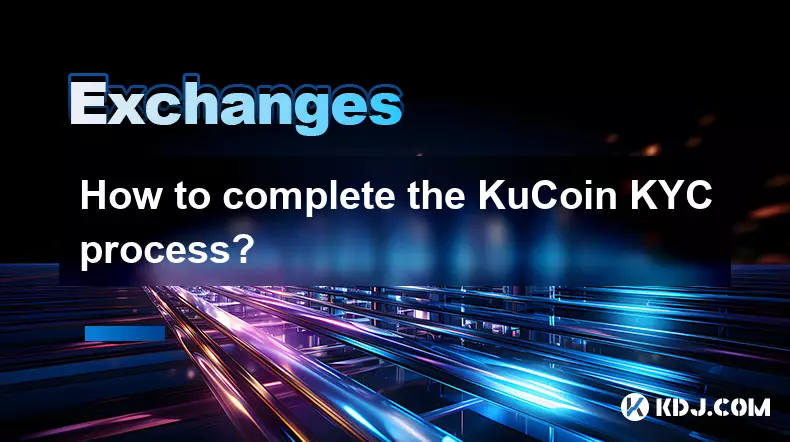
How to complete the KuCoin KYC process?
Aug 28,2025 at 03:28pm
Understanding the Importance of KYC on KuCoin1. KuCoin, like many centralized cryptocurrency exchanges, requires users to complete Know Your Customer ...
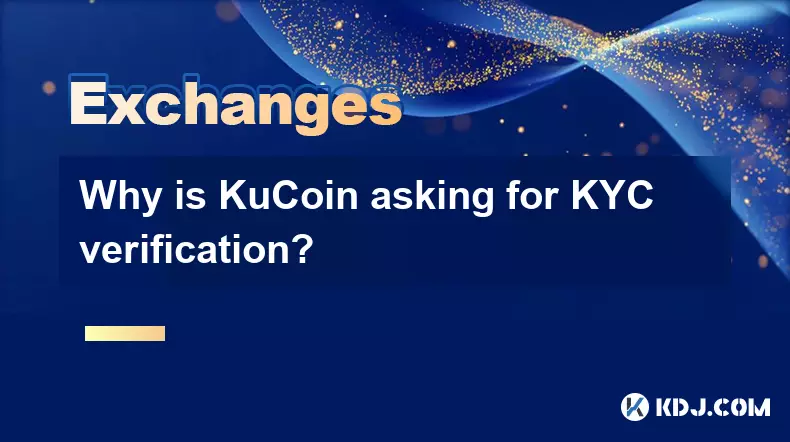
Why is KuCoin asking for KYC verification?
Aug 28,2025 at 05:14pm
Understanding the Need for KYC on KuCoin1. Regulatory compliance is a primary reason KuCoin requires KYC verification. As global financial regulations...
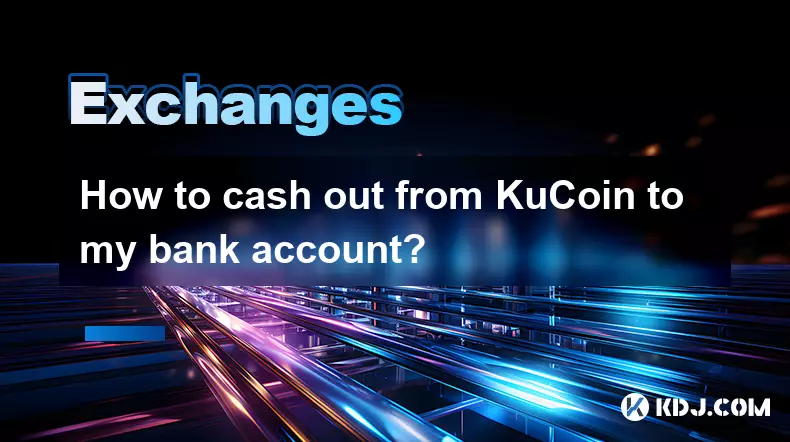
How to cash out from KuCoin to my bank account?
Aug 28,2025 at 04:28pm
Understanding the Process of Withdrawing from KuCoin1. KuCoin is a global cryptocurrency exchange that allows users to trade various digital assets. W...
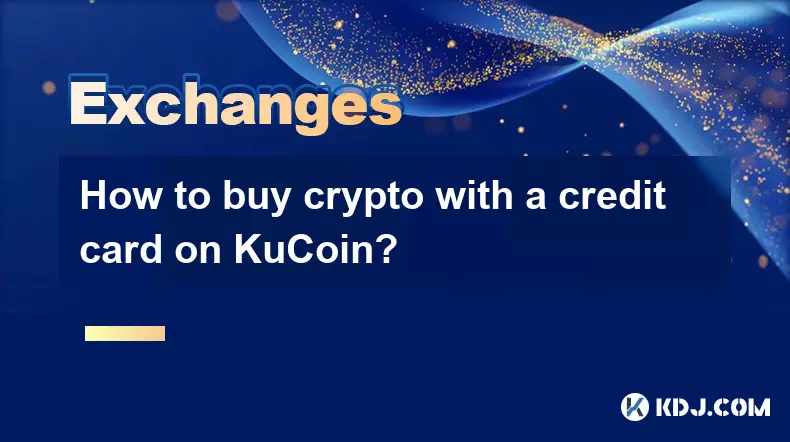
How to buy crypto with a credit card on KuCoin?
Aug 28,2025 at 05:28pm
How to Purchase Cryptocurrency Using a Credit Card on KuCoinBuying digital assets with a credit card on KuCoin is a streamlined process designed for b...
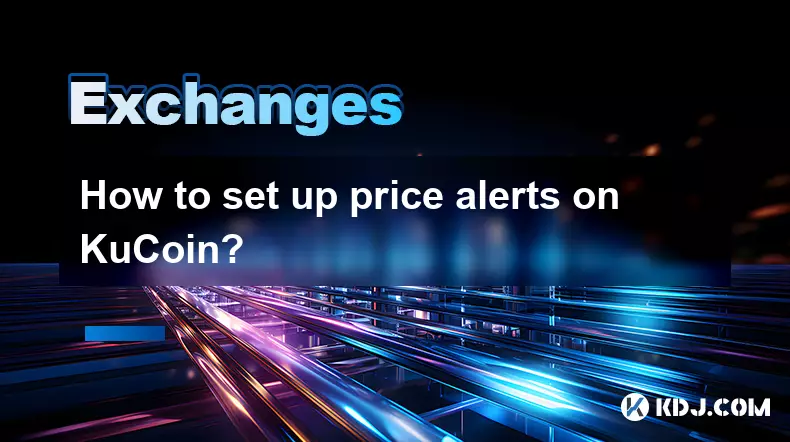
How to set up price alerts on KuCoin?
Aug 28,2025 at 02:56pm
Understanding Price Alerts on KuCoin1. Price alerts on KuCoin allow traders to stay informed about significant movements in cryptocurrency values with...
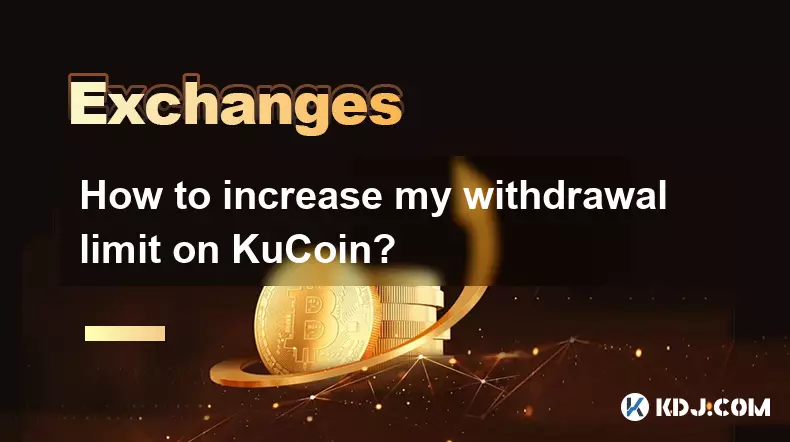
How to increase my withdrawal limit on KuCoin?
Aug 28,2025 at 06:14pm
Understanding KuCoin’s Withdrawal Limit Structure1. KuCoin enforces withdrawal limits to enhance account security and comply with anti-money launderin...

How to complete the KuCoin KYC process?
Aug 28,2025 at 03:28pm
Understanding the Importance of KYC on KuCoin1. KuCoin, like many centralized cryptocurrency exchanges, requires users to complete Know Your Customer ...

Why is KuCoin asking for KYC verification?
Aug 28,2025 at 05:14pm
Understanding the Need for KYC on KuCoin1. Regulatory compliance is a primary reason KuCoin requires KYC verification. As global financial regulations...

How to cash out from KuCoin to my bank account?
Aug 28,2025 at 04:28pm
Understanding the Process of Withdrawing from KuCoin1. KuCoin is a global cryptocurrency exchange that allows users to trade various digital assets. W...

How to buy crypto with a credit card on KuCoin?
Aug 28,2025 at 05:28pm
How to Purchase Cryptocurrency Using a Credit Card on KuCoinBuying digital assets with a credit card on KuCoin is a streamlined process designed for b...

How to set up price alerts on KuCoin?
Aug 28,2025 at 02:56pm
Understanding Price Alerts on KuCoin1. Price alerts on KuCoin allow traders to stay informed about significant movements in cryptocurrency values with...

How to increase my withdrawal limit on KuCoin?
Aug 28,2025 at 06:14pm
Understanding KuCoin’s Withdrawal Limit Structure1. KuCoin enforces withdrawal limits to enhance account security and comply with anti-money launderin...
See all articles
























































































